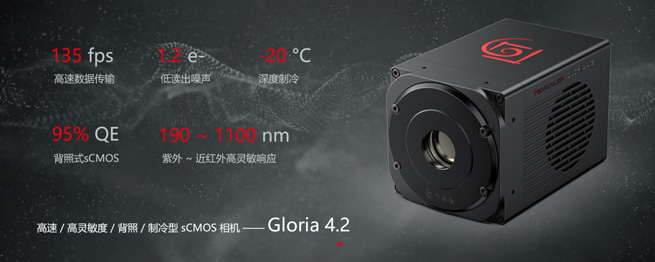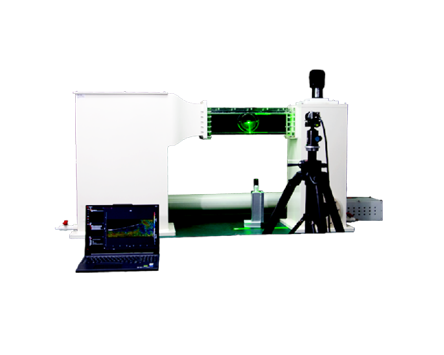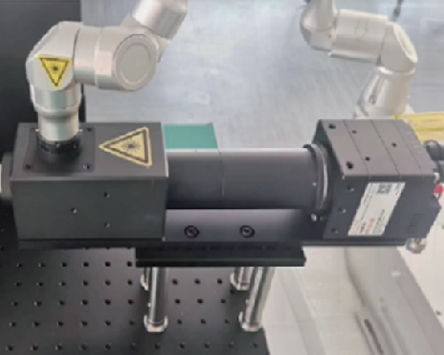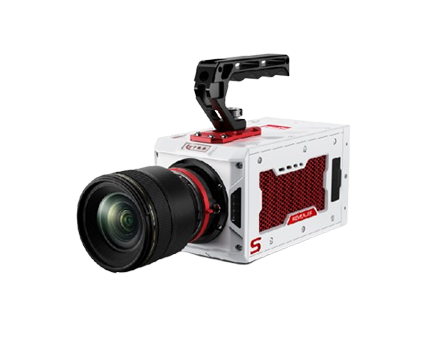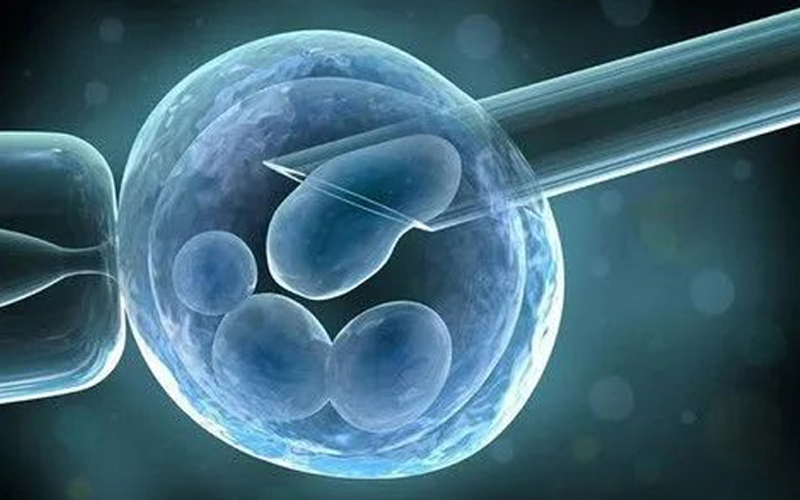
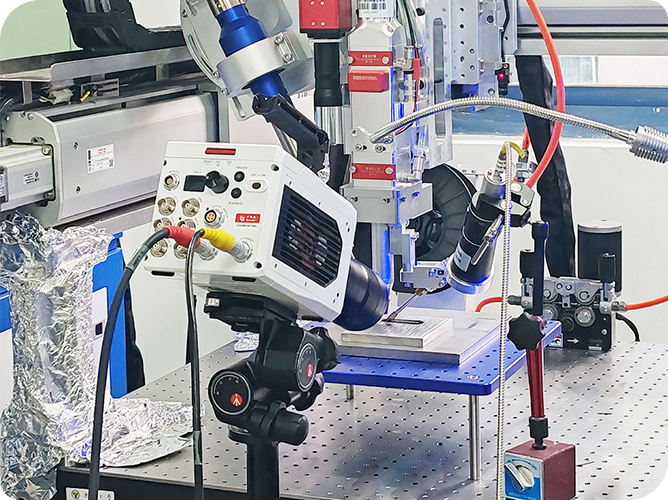
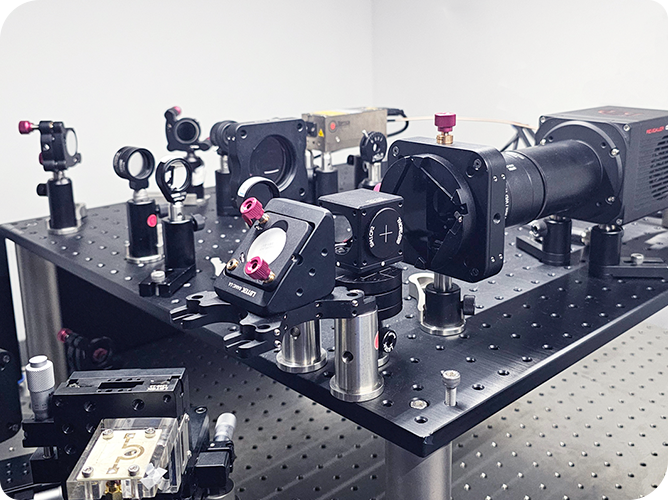
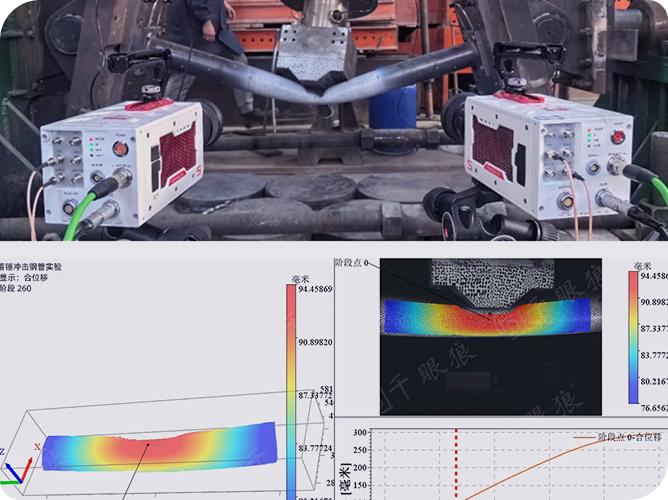
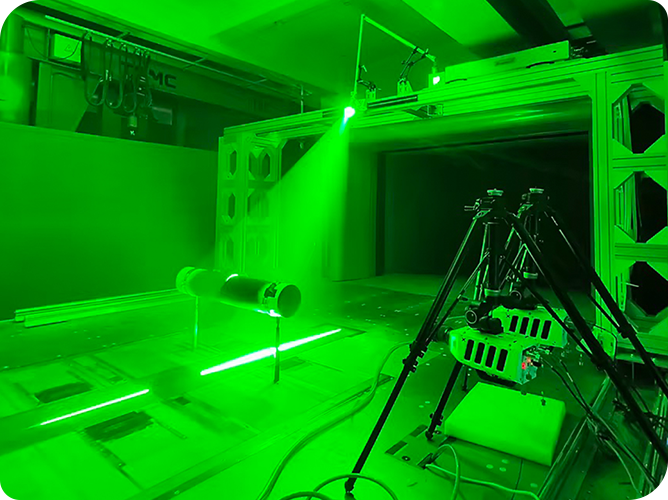
In the frontier fields of biological and medical research, real-time observation of dynamic processes such as intracellular transport, extracellular matrix reconstruction, and organelles is the key code to analyze the mechanism of life activities, and has strict requirements on the sensitivity, speed, phototoxicity and other indicators of the imaging system. Traditional wide-field microscopes are limited by the readout noise and dynamic range of the camera, and are unable to capture weak signals of high-speed cell movement under high-power microscopes.
Recently, Qianyanlang technical engineers carried out biological fluorescence imaging tests on the spinning disk confocal microscope system independently developed and built by Gloria 4.2 sCMOS high-speed and high-sensitivity scientific camera with Gloria 4.2 sCMOS, and collected some data of fluorescence imaging of biological samples.
1) sCMOS scientific camera: Qianyanlang Revealer Gloria 4.2, resolution 2048×2048, quantum efficiency ≥95%, high dynamic range 90 dB, readout noise 1.2 e-, frame rate 135 fps.
2) Spinning disk confocal microscope system: independently developed and built by MC Instruments.
Experiment 1:
1) Sample: BPAE cells.
2) Spinning disk confocal microscope conditions: objective lens 60×, 525 nm light source
3) sCMOS scientific camera conditions: 2024×2024, USB 3.1 interface, 16-bit high dynamic mode, exposure time 10 ms, 46 fps shooting.
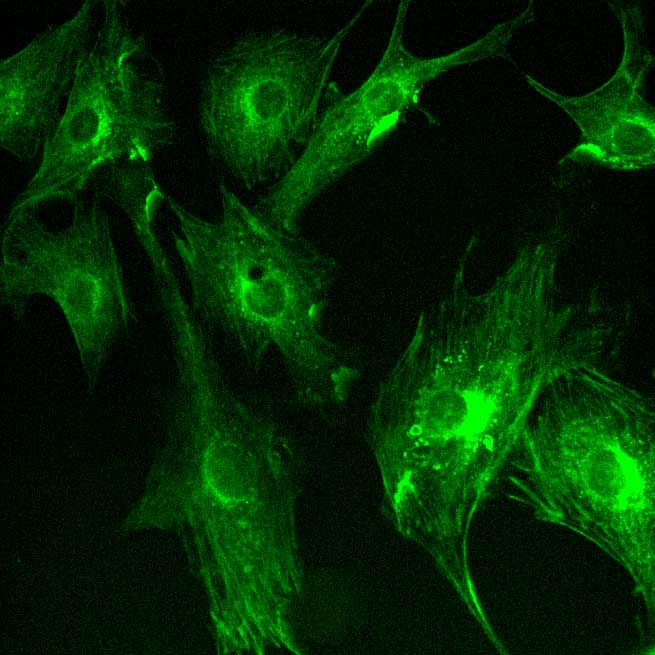
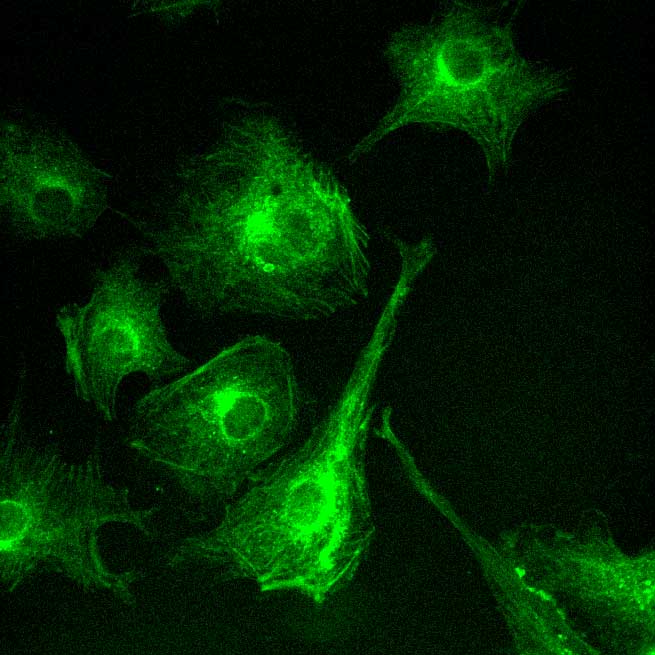
4) Data and results: The experiment clearly demonstrated the interwoven network of microtubules and actin within the cell. Microtubules appeared as long, straight fibrous structures that ran through the entire cell, while actin formed a dense mesh structure at the edge of the cell.
Experiment 2:
1) Sample: mouse eye gland.
2) Spinning disk confocal microscope: objective 20x.
3) sCMOS scientific camera: 2024×2024, USB 3.1 interface, 16-bit high dynamic mode, exposure time 10 ms, 46 fps.
4) Data and results: The camera successfully captured high signal-to-noise ratio fluorescence images of the eye gland area, and its signal intensity and spatial distribution characteristics showed significant tissue specificity through ROI analysis.
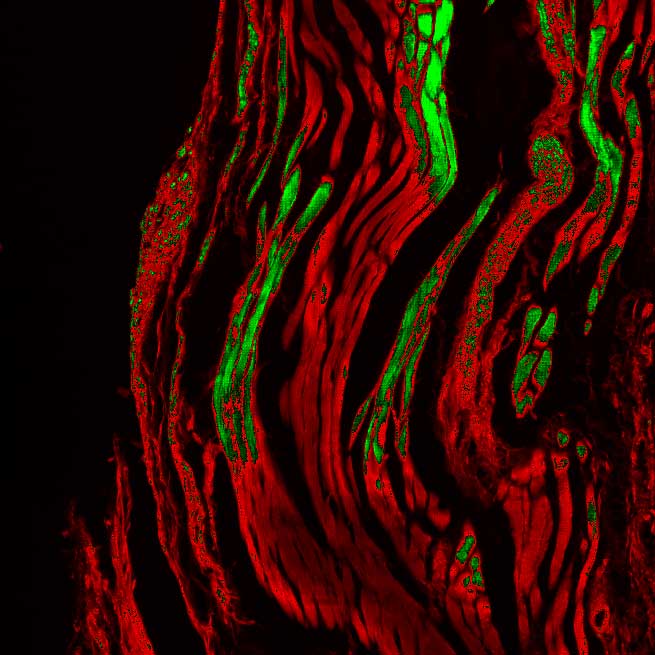

The fluorescence sampling experiment verifies the performance of the Revealer sCMOS high-speed and high-sensitivity scientific camera in collecting high-quality fluorescence images in the biomedical field, revealing the technical advantages of the sCMOS scientific camera in high sensitivity, low readout noise, and high-speed acquisition in complex biological scenes with weak signals, sensitive to phototoxicity, and rapid dynamic changes.
With the continuous breakthrough of the boundaries of chips and image processing technology, the sCMOS high-speed and high-sensitivity scientific camera will surely provide better and clearer low-light imaging solutions for cutting-edge life science research.
